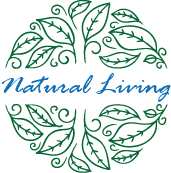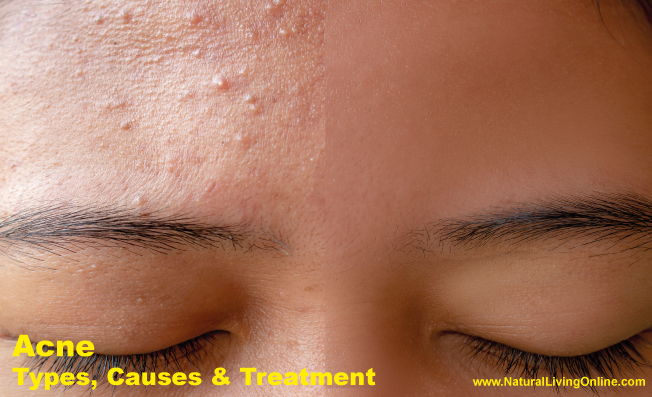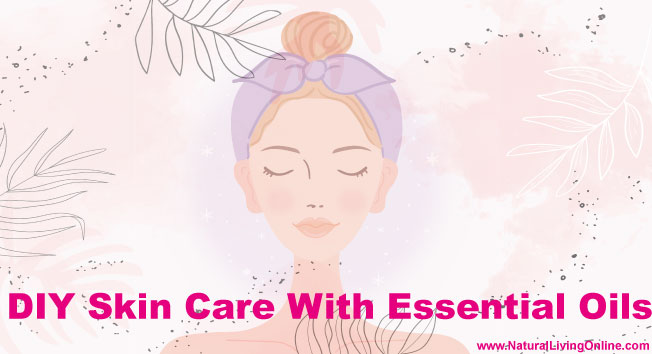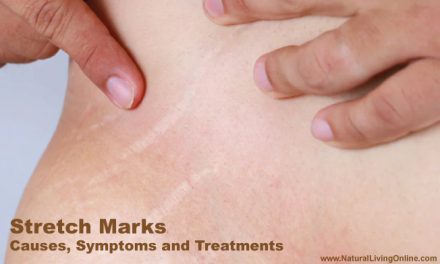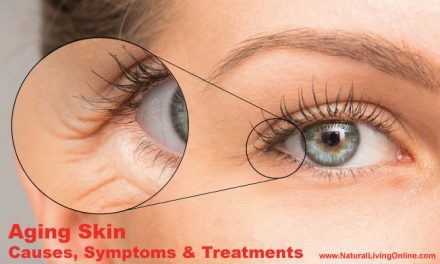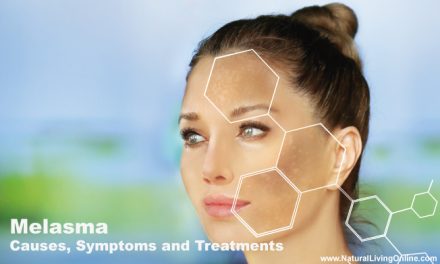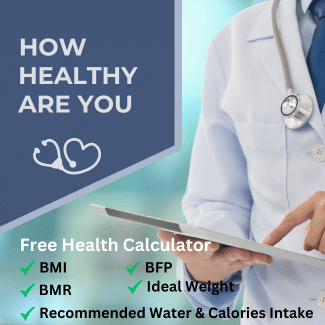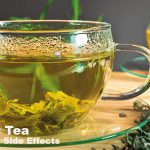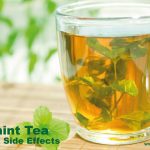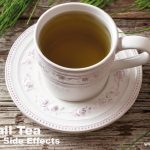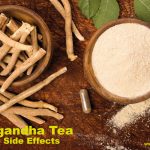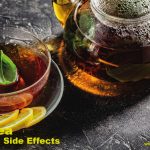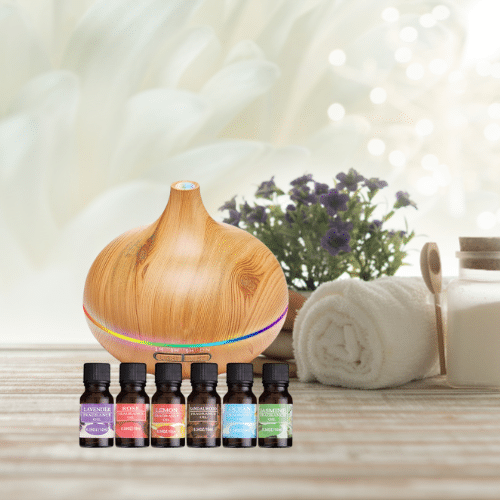Acne is a common skin condition that affects millions of people around the world. It is a chronic disease that is characterized by the formation of pimples, blackheads, and whiteheads on the face, neck, chest, and back. Acne can be distressing for those who suffer from it and can have a significant impact on their quality of life. In this article, we will discuss what causes acne, the different types of acne, and how it can be treated.
Causes of Acne
Acne is caused by a combination of factors, including excess oil production, clogged hair follicles, bacteria, and inflammation. Hormonal changes, such as those that occur during puberty, pregnancy, and menopause, can also trigger acne. Other factors that can contribute to acne include stress, diet, and certain medications.
- Excess oil production is one of the main causes of acne. This is because the oil, or sebum, that is produced by the sebaceous glands can clog the hair follicles, leading to the formation of pimples. When the hair follicle becomes clogged, bacteria can begin to grow, leading to inflammation and the formation of a pimple.
- Hormonal changes can also contribute to the development of acne. During puberty, the body produces more androgens, which can cause the sebaceous glands to produce more oil. This can lead to clogged hair follicles and the formation of pimples. Hormonal changes during pregnancy and menopause can also lead to acne.
- Stress can also be a factor in the development of acne. When we are stressed, the body produces more cortisol, which can increase oil production and inflammation. This can make acne worse.
- Diet can also play a role in the development of acne. Some studies have suggested that certain foods, such as dairy products and foods with a high glycemic index, may contribute to acne. However, more research is needed to fully understand the link between diet and acne.
Clinical Signs and Symptoms:
The signs and symptoms of eczema can vary from person to person, but some common ones include:
- Itchy, red, and dry skin: The skin affected by eczema can become very dry, itchy, and red.
- Thickened, scaly skin: Over time, the skin affected by eczema can become thickened and scaly, especially in areas that are frequently scratched.
- Blisters: In some cases, eczema can cause small blisters to form on the skin.
- Crusting: As eczema worsens, the skin can become crusted and oozing.
- Swollen skin: Eczema can cause the skin to become swollen, especially in areas like the hands and feet.
- Darkening or discoloration of the skin: The skin affected by eczema can become darker or lighter than the surrounding skin.
- Sensitivity to irritants: People with eczema may find that their skin is sensitive to certain irritants, such as soap or detergents.
- Infection: Because eczema can cause breaks in the skin, it can increase the risk of infection.
It’s important to note that not all of these symptoms may be present in every case of eczema, and some people may experience different symptoms. If you suspect you have eczema, it’s best to see a dermatologist for a proper diagnosis and treatment plan.
Clinical Signs and Symptoms
Acne is a common skin condition that occurs when hair follicles become clogged with oil and dead skin cells. The signs and symptoms of acne can vary depending on the severity of the condition, but some common ones include:
- Pimples: Pimples are the most common sign of acne, and they can appear as blackheads (open comedones), whiteheads (closed comedones), or red, inflamed bumps.
- Cysts and nodules: Severe acne can cause large, painful bumps called cysts and nodules. These are deeper in the skin than typical pimples and can lead to scarring.
- Oily skin: People with acne often have oily skin that can be shiny or greasy.
- Scarring: In severe cases, acne can cause scarring, which can be permanent.
Types of Acne
There are several different types of acne, including:
- Whiteheads – small, white bumps that form when a hair follicle becomes clogged with oil and dead skin cells.
- Blackheads – small, black bumps that form when a hair follicle becomes clogged with oil and dead skin cells, but the clogged pore remains open.
- Papules – small, red bumps that are tender to the touch.
- Pustules – similar to papules, but with a white or yellow center that is filled with pus.
- Nodules – large, painful bumps that form deep beneath the skin.
- Cysts – large, painful bumps that are filled with pus and can cause scarring.
Treatment of Acne
There are several different treatments for acne, depending on the type and severity of the condition. Mild acne can often be treated with over-the-counter products, such as benzoyl peroxide or salicylic acid. These products work by reducing oil production and unclogging the hair follicles.
For more severe acne, prescription medications may be necessary. These may include topical retinoids, antibiotics, or oral contraceptives. Topical retinoids work by unclogging hair follicles and reducing inflammation, while antibiotics can help to reduce the amount of bacteria on the skin. Oral contraceptives can be effective for women with hormonal acne, as they can help to regulate hormone levels.
In some cases, isotretinoin may be prescribed. This is a powerful medication that is reserved for severe cases of acne that have not responded to other treatments. Isotretinoin works by reducing oil production and shrinking the sebaceous glands. However, it can have serious side effects, so it is only prescribed under close medical supervision.
In addition to medication, there are several other treatments that can help to improve acne. These may include:
- Chemical peels – these involve the use of a chemical solution to remove the top layer of skin, which can help to unclog pores and reduce the appearance of acne scars.
- Microdermabrasion – this involves the use of a special device to exfoliate the skin and remove dead skin cells, which can help to unclog pores and improve the texture of the skin.
- Light therapy – this involves the use of blue or red light to kill bacteria on the skin and reduce inflammation.
- Acupuncture – this ancient Chinese practice involves the use of thin needles to stimulate specific points on the body. It can help to regulate hormone levels and reduce stress, which can improve acne.
- Dietary changes – some studies have suggested that certain dietary changes, such as reducing dairy intake and eating a diet rich in fruits and vegetables, can help to improve acne.
Preventing Acne
While there is no surefire way to prevent acne, there are several things that can be done to reduce the risk of developing the condition. These may include:
- Keeping the skin clean – this can help to remove excess oil and prevent the buildup of bacteria on the skin.
- Avoiding tight clothing – tight clothing can trap sweat and oil against the skin, which can contribute to the development of acne.
- Using non-comedogenic products – these are products that are specifically formulated to not clog pores.
- Managing stress – stress can trigger hormonal changes that can lead to acne, so finding ways to manage stress, such as exercise or meditation, can be helpful.
- Protecting the skin from the sun – while the sun can initially help to dry out acne, it can also lead to inflammation and scarring, so it is important to protect the skin with a sunscreen or by wearing a hat.
Conclusion
Acne is a common skin condition that can be distressing for those who suffer from it. It is caused by a combination of factors, including excess oil production, clogged hair follicles, bacteria, and inflammation. There are several different types of acne, and treatment will depend on the type and severity of the condition. Mild acne can often be treated with over-the-counter products, while more severe cases may require prescription medications. There are also several other treatments that can help to improve acne, including chemical peels, light therapy, and acupuncture. While there is no surefire way to prevent acne, there are several things that can be done to reduce the risk of developing the condition, such as keeping the skin clean, avoiding tight clothing, and managing stress.
References
- Alexeyev OA, Dekio I, Layton AM, Li H, Hughes H, Morris T, Zouboulis CC, Patrick S. Why we continue to use the name Propionibacterium acnes. Br J Dermatol. 2018 Nov;179(5):1227.
- Eyüboglu M, Kalay I, Eyüboglu D. Evaluation of Adolescents Diagnosed with Acne Vulgaris for Quality of Life and Psychosocial Challenges. Indian J Dermatol. 2018 Mar-Apr;63(2):131-135.
- See JA, Goh CL, Hayashi N, Suh DH, Casintahan FA. Optimizing the use of topical retinoids in Asian acne patients. J Dermatol. 2018 May;45(5):522-528.
- Kosmadaki M, Katsambas A. Topical treatments for acne. Clin Dermatol. 2017 Mar-Apr;35(2):173-178.
This website does not provide medical advice.
All information provided on this website, and on associated social media networks, including but not limited to texts, images, and numbers are for general information purpose only. It is not intended as medical advice and it does not include all possible precautions, side effects, or interactions that may occur. Neither NaturalLivingOnline.com nor its author/founder take responsibility for how you use this information. Statements contained on NaturalLivingOnline.com have not been evaluated by the FDA. You should conduct thorough research via multiple sources and consult your physician or qualified doctor before using any essential oil or herbal remedy. Information on NaturalLivingOnline.com must not be relied upon for medical, legal, financial or other decisions.
